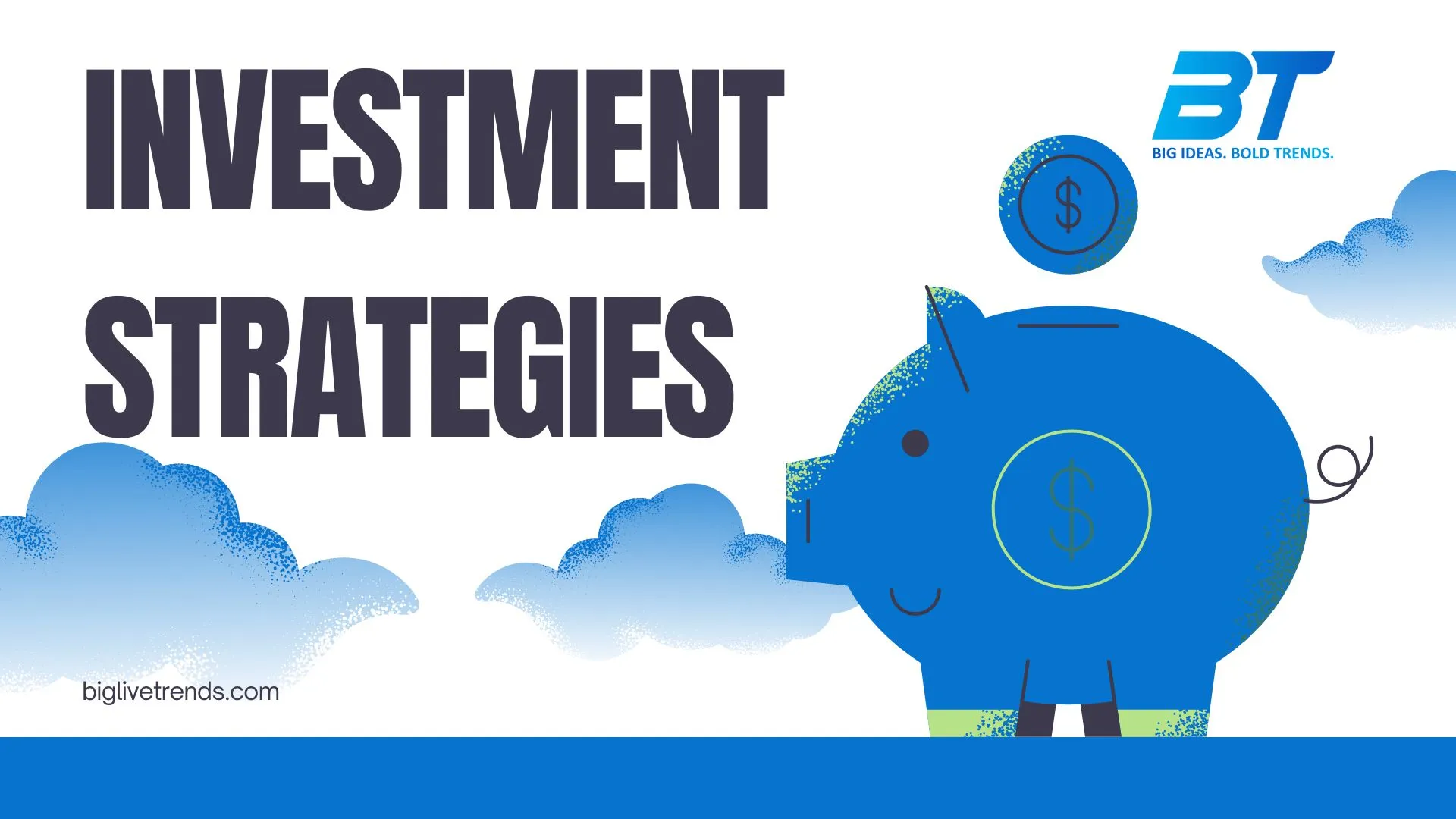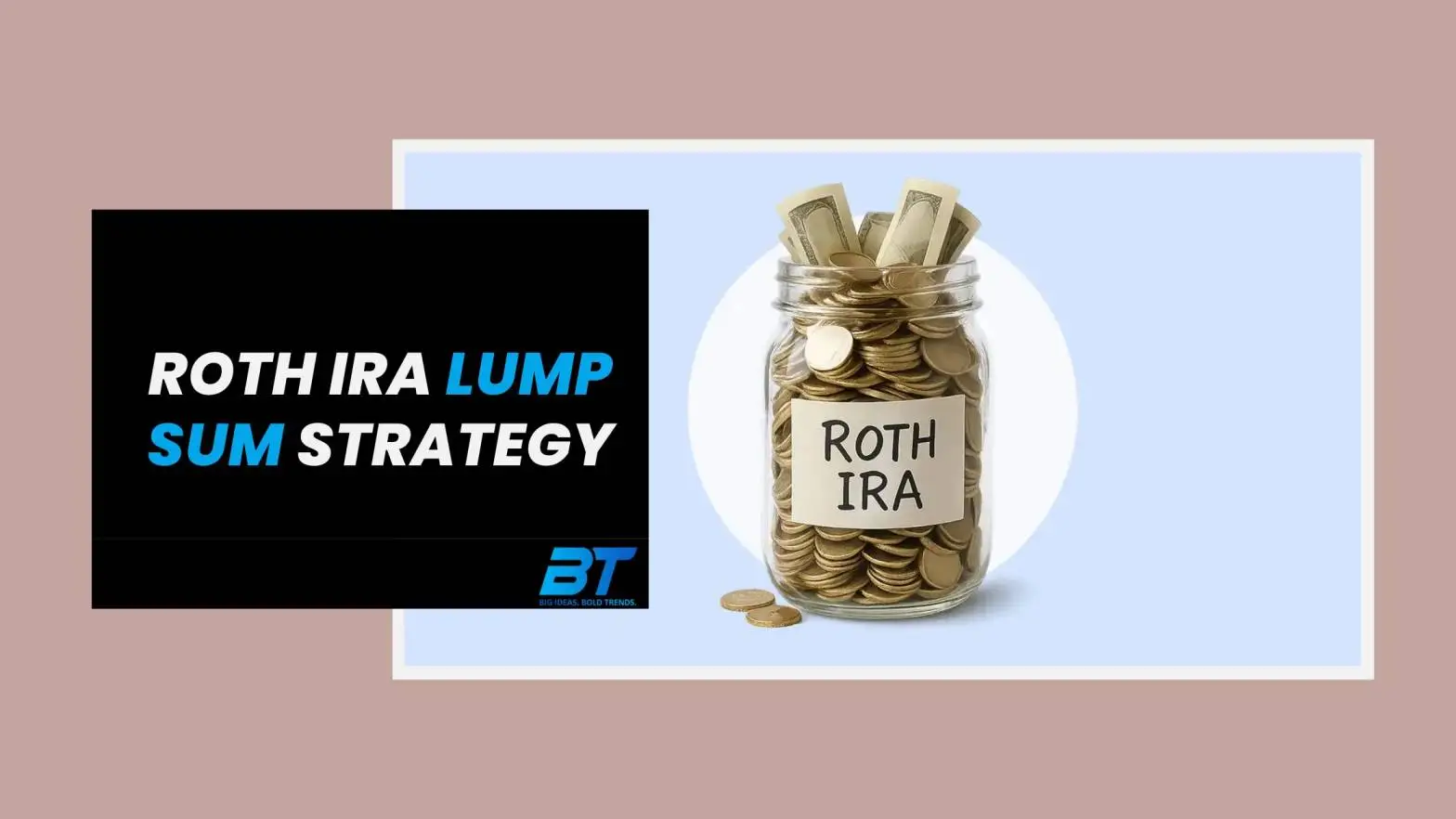I believed that investing was the prerogative of suit-wearing rich people who read money magazines all day. Turns out, it’s not that deep. It is the same as planting a small tree and seeing it turn into a money tree, as long as you grow patient and do not interfere too often.
My neighbor Sarah (she is 32 and is, still, slightly nervous about the matter of money) asked me how she can be starting last week. No aggressive investment choices, no big-time. She simply preferred to expand her cash reserves instead of following figures around the clock.
If you’re like Sarah, then this guide on simple investment strategies is for you.
Let’s make this whole thing way less scary.
1. Start with Low-Risk Options (Like Saving’s Smarter Cousin)
When you’re new, playing it safe is smart.
Low risk investments are not quick to pay off, yet it does not mean that they would have you stressed up till late.
Here are a few easy ones to start with:
-
High-yield savings accounts – These are just like your regular savings except that they are better interest-wise.
-
Certificates of Deposit (CDs) – You place your money away between a few months or years, and it is gaining you more than a basic account.
Advertisement -
Government bonds – You are investing in the government, and it repays with a small premium attached.
Just imagine that it is like water wings at the swimming pool--big as long as you have not learned to swim yet.
2. Use Dollar-Cost Averaging (Like Buying Snacks Every Friday)
Let’s say you love cookies, and every Friday, you buy a pack. Some weeks it’s $2. Some weeks it’s $4. But over time, it evens out.
That’s dollar-cost averaging. Instead of throwing all your money into the stock market at once, you buy a little bit every month (or week). This way:
-
You don’t need to guess the “perfect” time to buy
-
You buy both during low and high points, which smooths out the risk
It’s like setting your investments on auto-pilot. And it works really well with the next strategy.
3. Invest in Index Funds (The Lazy Genius Way)
An index fund is like a big basket of many different stocks. You’re not picking one or two. You’re buying tiny bits of hundreds of companies at once.
The majority of companies choose the S&P 500 index fund that tracks 500 large corporations such as Apple and Amazon.
Why people love them:
-
They’re cheap to own
-
They grow slowly but steadily over time
-
You don’t need to know anything about the stock market
If you don’t want to stress about picking the “right” company, this is perfect.
4. Try ETFs (Easy-To-Follow Funds)
ETFs, or Exchange-Traded Funds, are kind of like index funds, but they trade like a regular stock.
You can buy or sell them anytime the market is open. Super flexible.
Here’s why beginners love ETFs:
-
They're affordable (some start at under $50)
-
You can buy them through most apps
-
They spread out risk across many companies, like index funds
It’s like buying a pre-made sandwich instead of guessing all the ingredients yourself.
5. Avoid Timing the Market (Seriously, Don’t Try to Be a Fortune Teller)
Here’s the deal: even the “experts” can’t predict the market perfectly.
Trying to buy when it’s low and sell when it’s high sounds smart. But it almost never works out.
What happens if you miss one of the big “up” days? You lose out big time.
Instead:
-
Stick to your plan
-
Keep adding money regularly
-
Leave it alone (hard, I know)
This is where that dollar-cost averaging we talked about earlier really helps.
6. Use Automatic Investments (So You Don’t Forget)
You know how your phone updates at night when you’re asleep? You can make your money do the same thing.
Most investing apps let you:
-
Set up automatic transfers from your bank
-
Choose how much to invest and how often (like every Friday)
-
Pick what to invest in once, then forget about it
This helps you build a habit without even thinking about it. And habits are where the magic happens.
7. Keep Your Emotions Out of It (Harder Than It Sounds)
Here’s the truth: your brain will try to mess you up.
When the market drops, it’ll scream, “SELL EVERYTHING!”
When it goes up, it’ll whisper, “Buy more!”
But if you keep chasing feelings, you’ll probably lose money. The best investors stay calm, even when things look crazy.
It’s kind of like driving in fog—you go slow and steady, not slamming the brakes every two seconds.
Investment Growth Calculator
Bonus Tip: Start Small, But Start Now
You don’t need $10,000 to begin. Some apps let you start with $5. That’s less than a fancy coffee.
The longer your money sits there, the more time it has to grow.
Honestly, the first time I started, I was so nervous I checked my app every hour. But after a few weeks, I barely thought about it. Now? That little seed I planted is starting to look like a tree.
Pretty cool, right?
FAQs
1. What's the best investment for beginners?
Intermediate savings accounts or government bonds are good as low-risk options. These are not exciting and they safeguard your money and at the same time increase it somewhat.
2. What is dollar-cost averaging in simple words?
It involves making regular contributions of the same amount of money regardless of whether the market is at a high point or low point on an on-going basis- once a week or once a month. It is to make you buy in the good and the bad time hence it levels off.
3. Are index funds better than stocks?
For beginners, yes. Index funds are also safer since you are not speculating your money on a single company as you are diversifying among many companies. It is like gambling with a whole team of football players rather than an individual.
4. How do I choose the right ETF?
Start with one that follows the whole market, like a total market ETF or S&P 500 ETF. These are simple and cover lots of companies at once.
5. Can I lose all my money investing?
Very unlikely, in case you remain on low-risk options, or diversify your funds in index funds and ETFs. The prices may increase and decrease, however, the market tends to increase with time.
6. Is it better to wait until I have more money?
Nope. It is time to begin in small steps. Such a small amount as $10 a week will increase dramatically given time.







